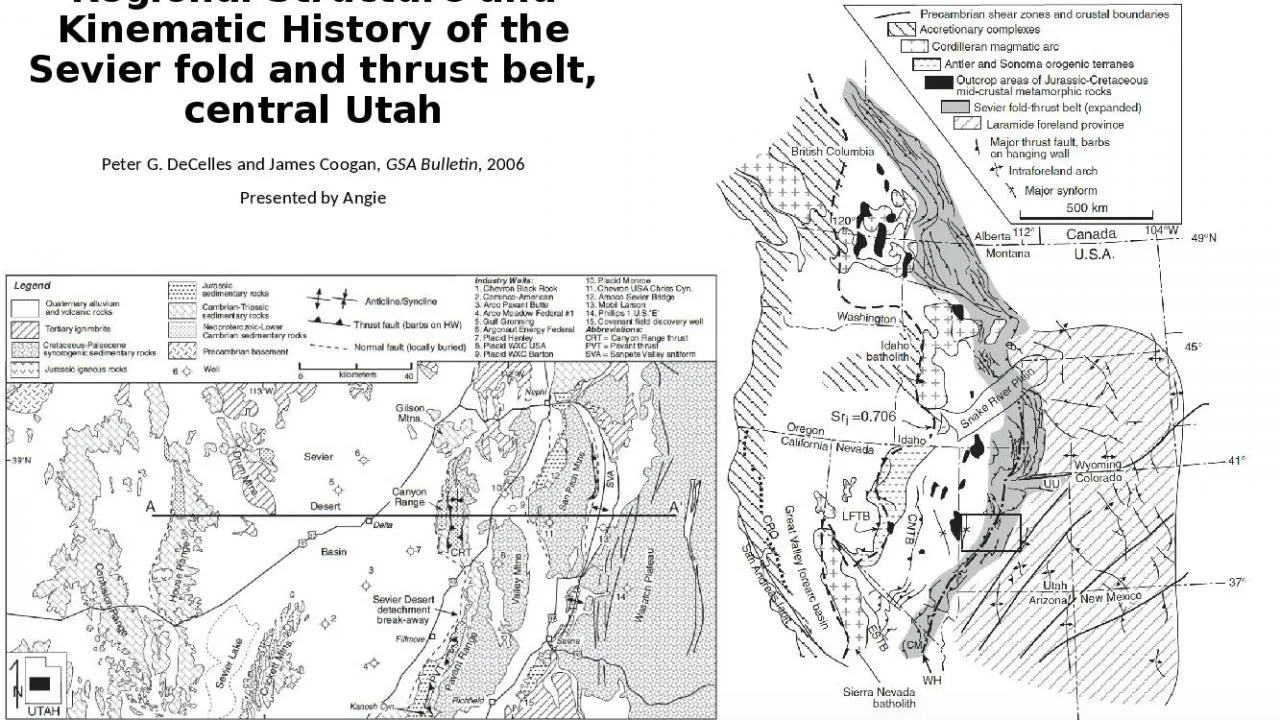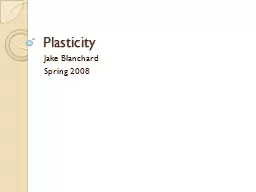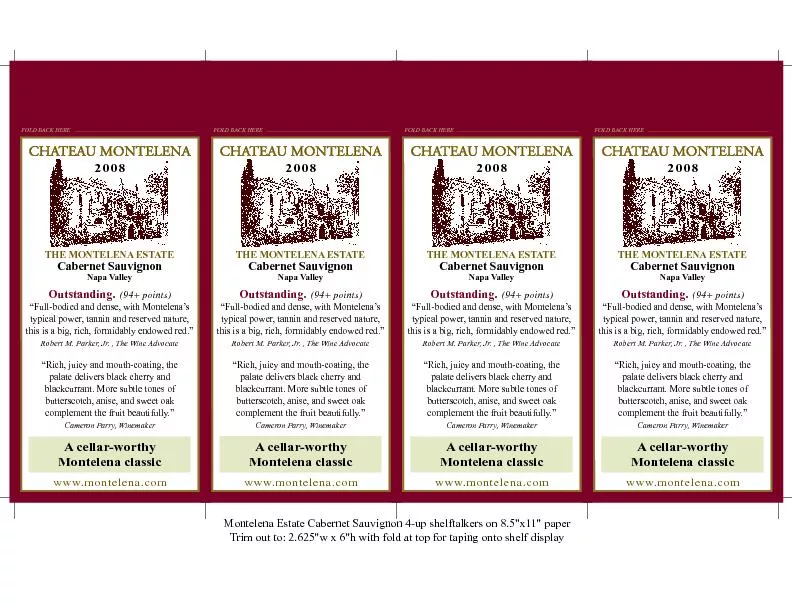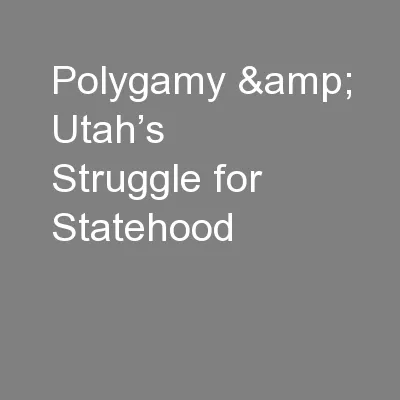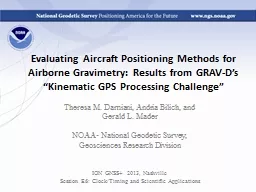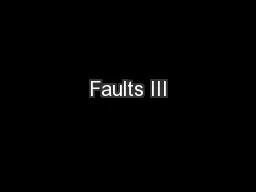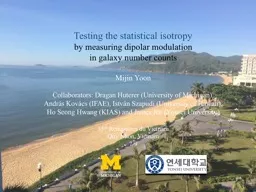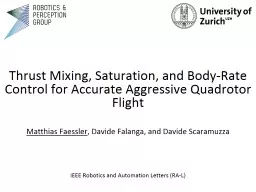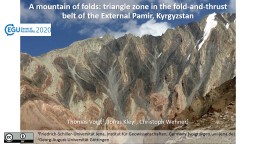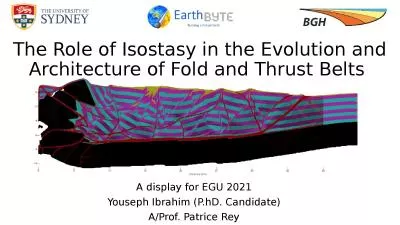PPT-Regional Structure and Kinematic History of the Sevier fold and thrust belt, central Utah
Author : olivia | Published Date : 2022-05-14
Peter G DeCelles and James Coogan GSA Bulletin 2006 Presented by Angie Tectonic Setting Sevier fold and thrust belt is a segment of the greater cordilleran retro
Presentation Embed Code
Download Presentation
Download Presentation The PPT/PDF document "Regional Structure and Kinematic History..." is the property of its rightful owner. Permission is granted to download and print the materials on this website for personal, non-commercial use only, and to display it on your personal computer provided you do not modify the materials and that you retain all copyright notices contained in the materials. By downloading content from our website, you accept the terms of this agreement.
Regional Structure and Kinematic History of the Sevier fold and thrust belt, central Utah: Transcript
Download Rules Of Document
"Regional Structure and Kinematic History of the Sevier fold and thrust belt, central Utah"The content belongs to its owner. You may download and print it for personal use, without modification, and keep all copyright notices. By downloading, you agree to these terms.
Related Documents

